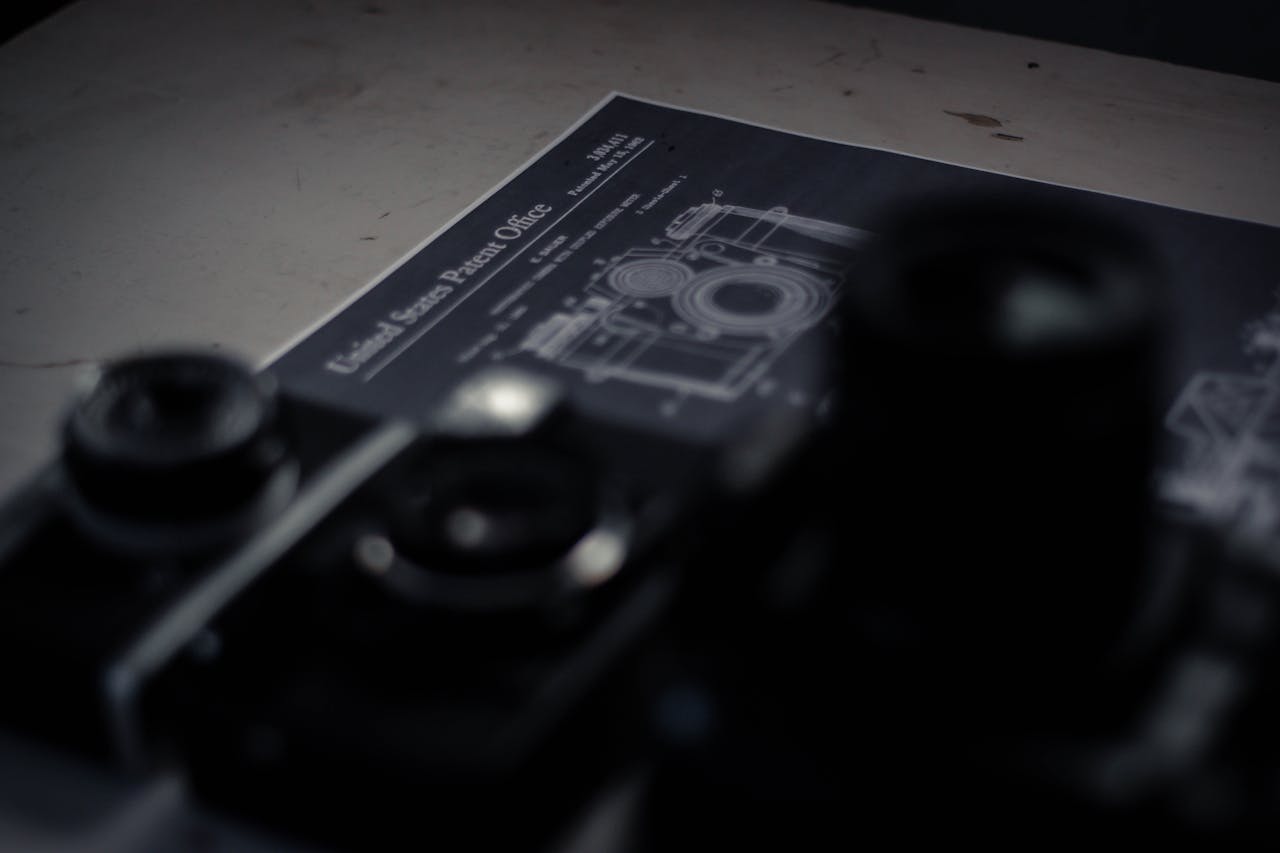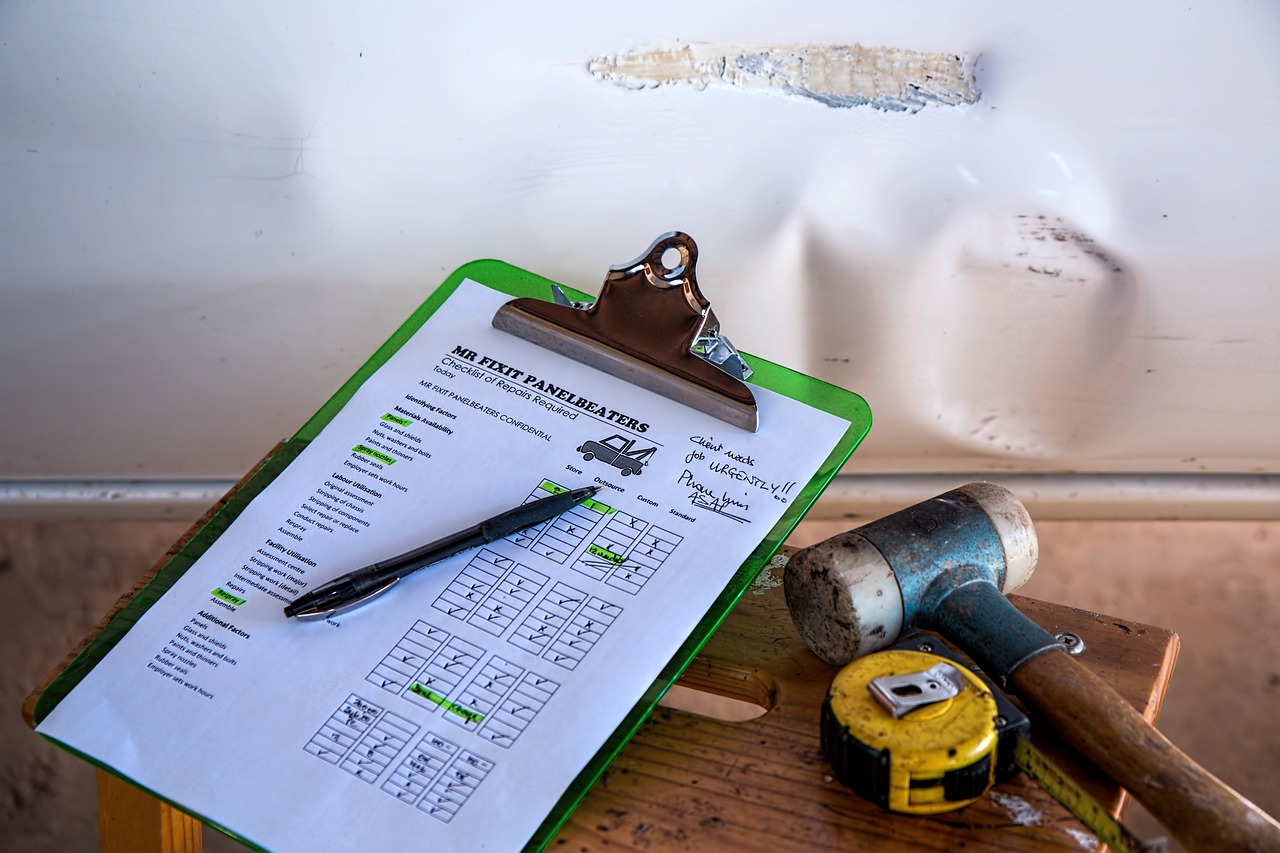Services de traduction de documents d'autorisation de brevet
Les documents d’autorisation de brevet sont des instruments juridiques essentiels qui signifient l’octroi d’un brevet par un office des brevets. Ces documents confirment les droits légaux d’un inventeur ou d’un cessionnaire à protéger son invention, et ils servent de référence clé pour faire valoir les droits de brevet contre les contrevenants potentiels. La traduction de documents d’autorisation de brevet est un domaine hautement spécialisé qui exige une compréhension approfondie du langage juridique et technique. Cet article explorera les différents types de documents d’autorisation de brevet, les défis liés à leur traduction et les meilleures pratiques pour garantir des traductions précises et fiables.

Bonnes pratiques pour la traduction des documents d'autorisation de brevet

Collaboration avec des experts juridiques et techniques
- Compte tenu de la nature complexe des documents d’autorisation de brevet, il est souvent avantageux pour les traducteurs de travailler en étroite collaboration avec des experts juridiques et techniques. Ces experts peuvent fournir des informations et des conseils précieux sur des termes juridiques et techniques spécifiques, garantissant ainsi que la traduction soit à la fois précise et adaptée à la juridiction ciblée.
Utilisation d'outils de traduction spécialisés
- L’utilisation d’outils de traduction spécialisés, tels que les systèmes de mémoire de traduction et les bases de données terminologiques, peut contribuer à maintenir la cohérence entre les projets de traduction de brevets de grande envergure et complexes. Ces outils permettent aux traducteurs de stocker et de réutiliser le contenu déjà traduit, garantissant ainsi que les mêmes termes et expressions sont utilisés de manière cohérente dans l’ensemble du document.
- Les bases de données terminologiques sont particulièrement utiles pour gérer le vocabulaire spécialisé utilisé dans le droit des brevets et dans des domaines techniques spécifiques. Ces bases de données peuvent être personnalisées pour inclure les traductions préférées, les termes juridiques et le jargon technique, ce qui permet de garantir que la traduction est précise et cohérente.
Processus d'assurance qualité
- La mise en œuvre d’un processus rigoureux d’assurance qualité (AQ) est essentielle pour garantir l’exactitude des traductions de brevets. Ce processus doit inclure plusieurs cycles de révision, notamment des contrôles d’exactitude juridique, d’exactitude technique et de qualité linguistique. Le processus d’AQ peut également impliquer une validation par un deuxième traducteur ou un expert juridique pour détecter d’éventuelles erreurs ou ambiguïtés.
- Des glossaires, des guides de style et des documents de référence doivent être utilisés pour garantir que les traductions respectent les normes requises et maintiennent la cohérence dans tous les documents.
Comprendre le contexte juridique
- Les traducteurs doivent avoir une connaissance approfondie du contexte juridique dans lequel les documents d'autorisation de brevet seront utilisés. Cela comprend la connaissance des lois et réglementations sur les brevets dans la juridiction cible, ainsi que des exigences spécifiques relatives aux documents d'autorisation de brevet. La compréhension du contexte juridique permet de garantir que la traduction est non seulement exacte, mais également juridiquement valide et applicable.
Formation continue et développement professionnel
- Le domaine de la traduction de brevets est en constante évolution, avec l'apparition régulière de nouvelles technologies, de développements juridiques et de meilleures pratiques. Les traducteurs de brevets doivent suivre une formation continue et un développement professionnel pour rester au courant des dernières tendances et avancées en matière de traduction de brevets. Cela peut inclure la participation à des conférences sectorielles, la participation à des programmes de formation spécialisés et le maintien de l'information sur les changements dans le droit des brevets et la technologie.
Défis liés à la traduction des documents d'autorisation de brevet
Précision juridique
- Les documents d'autorisation de brevet sont juridiquement contraignants et toute inexactitude dans la traduction peut entraîner des litiges juridiques, la perte des droits de brevet ou des difficultés dans l'application du brevet. Les traducteurs doivent bien connaître la terminologie et les concepts juridiques pour garantir que la traduction soit à la fois exacte et juridiquement solide.
Complexité technique
- De nombreux brevets portent sur des sujets techniques complexes et les documents d'autorisation font souvent référence à des aspects techniques spécifiques de l'invention. Les traducteurs doivent avoir une bonne connaissance du domaine technique concerné pour traduire correctement ces documents. Une mauvaise compréhension ou une traduction incorrecte des termes techniques peut entraîner des problèmes importants, comme une mauvaise interprétation de la portée de l'invention.
Différences culturelles et juridictionnelles
- Les systèmes juridiques des différents pays sont différents et la manière dont les droits de brevet sont accordés et appliqués peut varier considérablement d'une juridiction à l'autre. Les traducteurs doivent être conscients de ces différences pour garantir que les documents traduits sont adaptés à la juridiction cible. Cela implique de comprendre comment les termes et concepts juridiques peuvent différer entre la langue source et la langue cible.
Cohérence entre les documents
- Les documents d'autorisation de brevet font souvent partie d'un ensemble plus vaste de documents liés au processus de demande et de traitement du brevet. Il est essentiel que la traduction de ces documents soit cohérente avec les autres documents connexes, tels que la demande de brevet, les actes administratifs et la correspondance juridique. Les incohérences peuvent entraîner une confusion ou des contestations judiciaires.
Exigences strictes en matière de formatage et de structure
- Les documents d'autorisation de brevet doivent respecter des directives de formatage et de structure spécifiques, comme l'exigent les offices de brevets. Les traducteurs doivent s'assurer que les documents traduits sont conformes à ces directives, notamment en conservant la numérotation correcte des revendications, des sections et des références. Tout écart par rapport au format requis peut entraîner le rejet du document par l'office des brevets.

Pourquoi nous choisir
Devis de traduction
Le prix de nos services de traduction dépend des facteurs suivants :
- Complexité professionnelle et intrication des données
- Langue source
- Langue cible
- Le volume total de données à traduire
- Complexité du traitement technique
- Contraintes de temps
- Spécifications de mise en page
- Ratio de vocabulaire spécialisé
- La nécessité de réviseurs étrangers et le niveau d’urgence, etc.
Pour obtenir l’estimation la plus précise possible de votre projet de traduction commerciale, remplir notre formulaire de devis est la démarche optimale.

